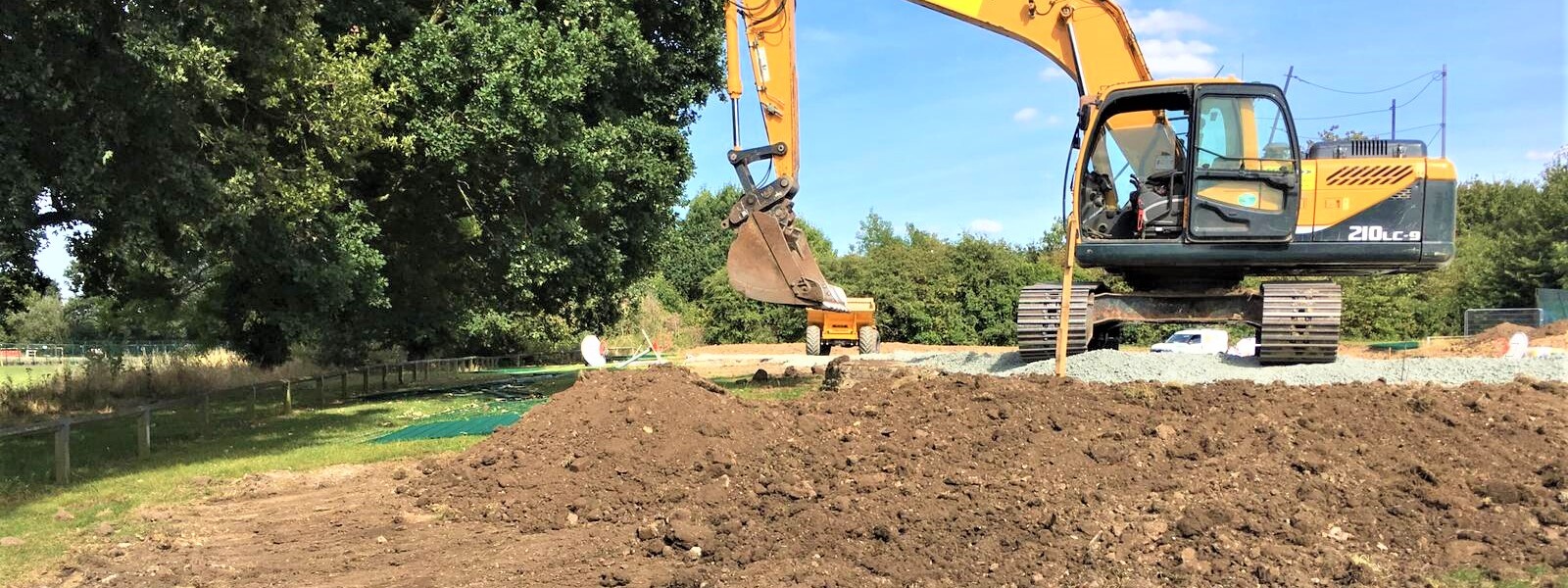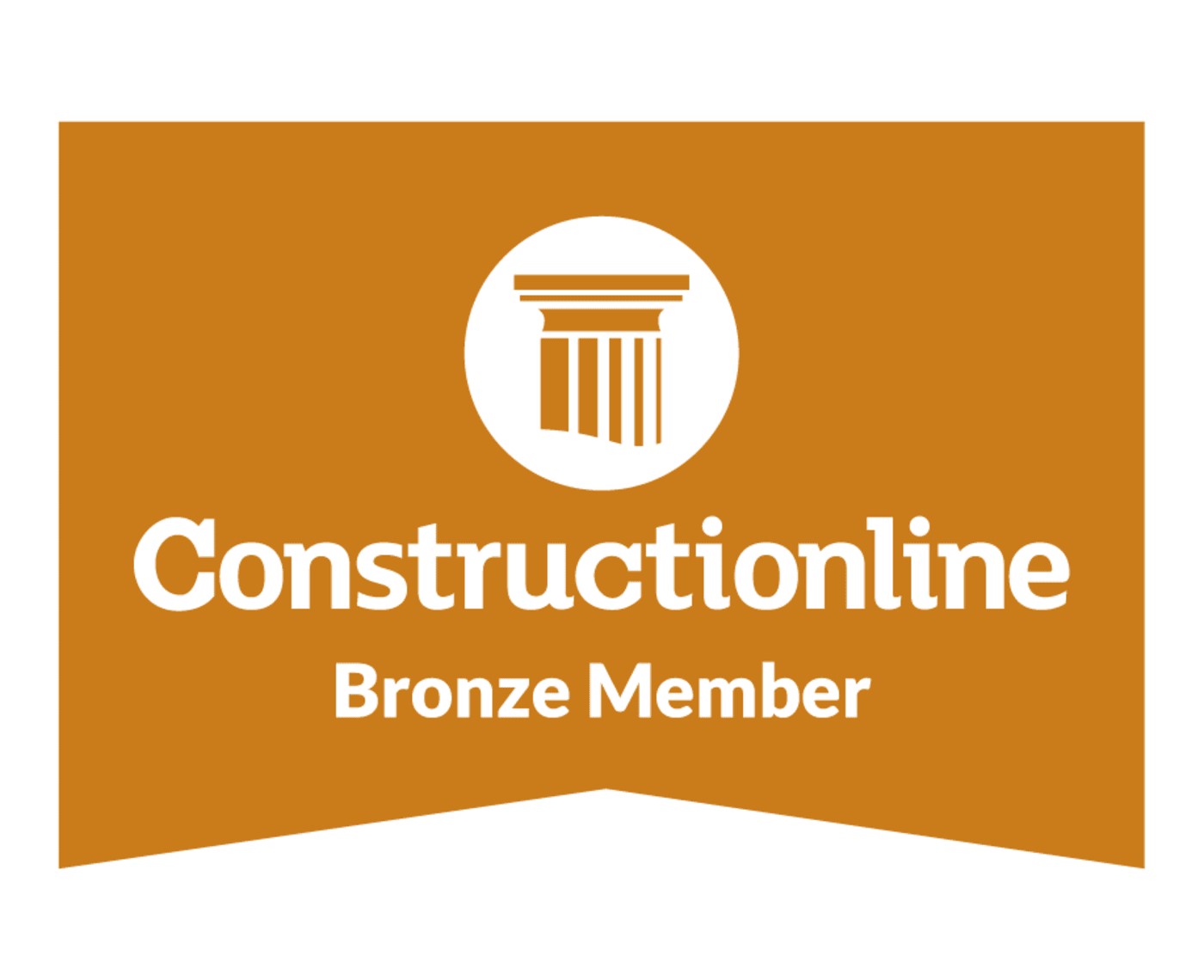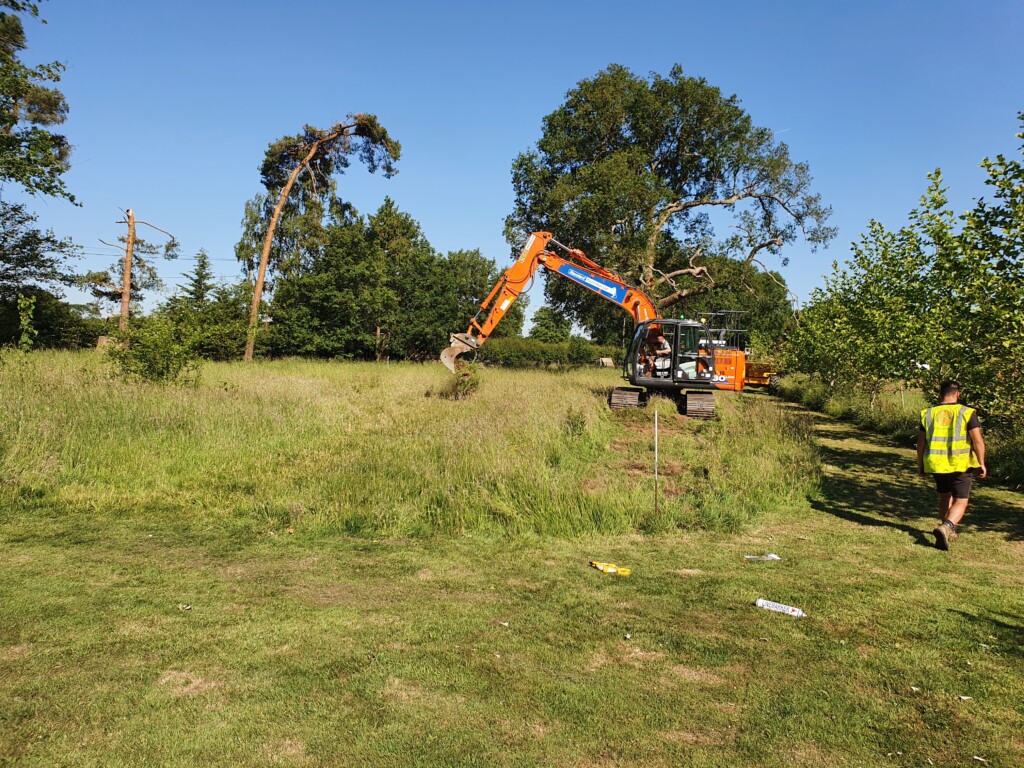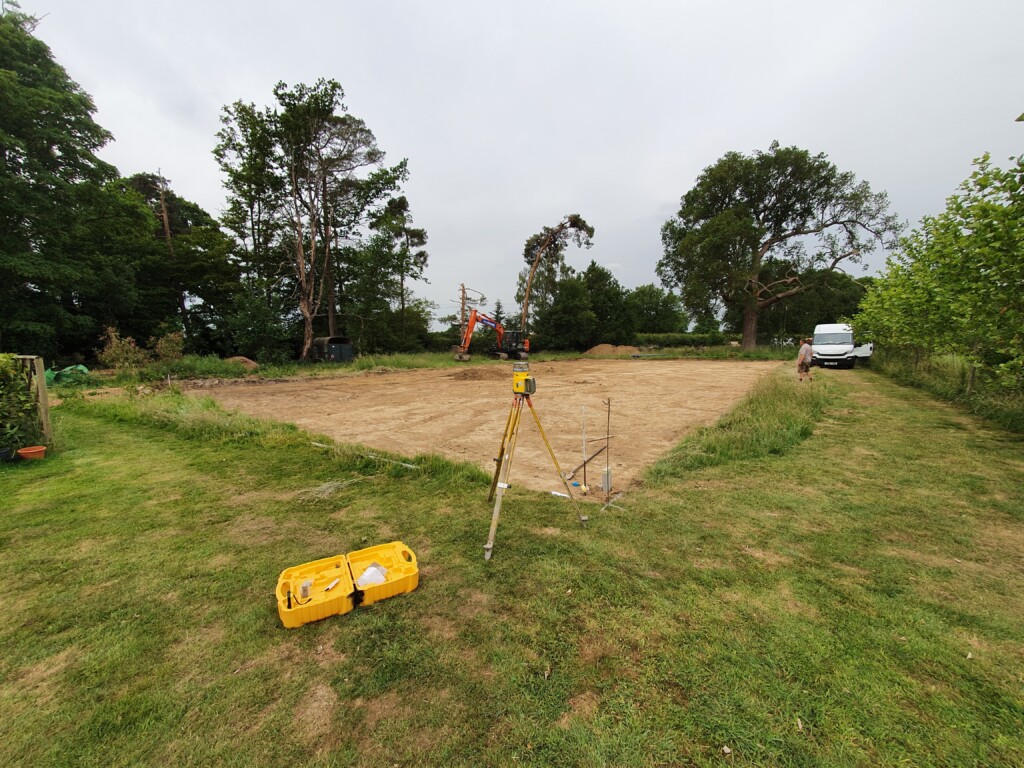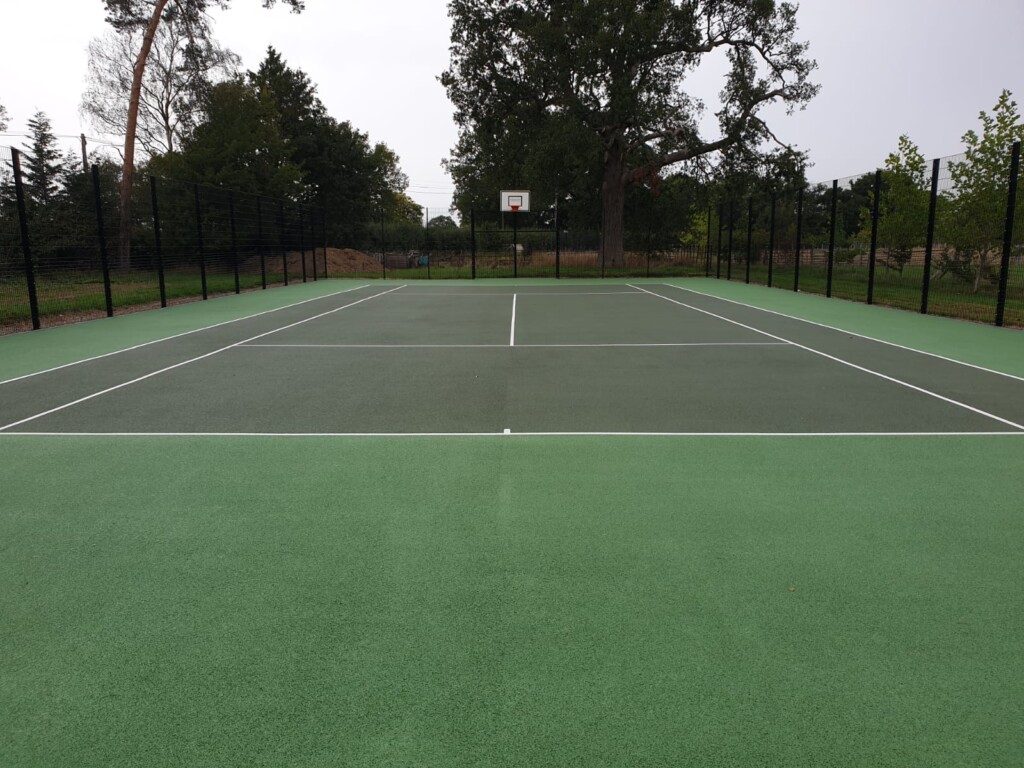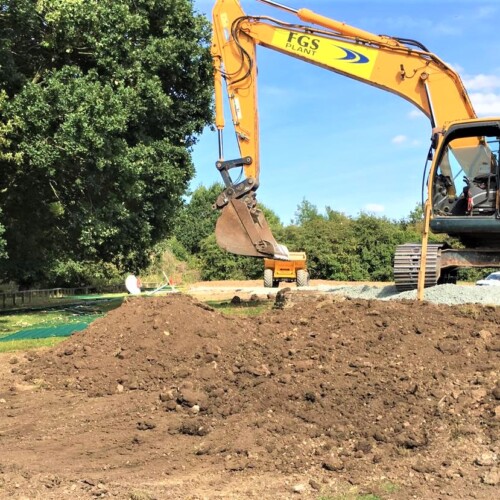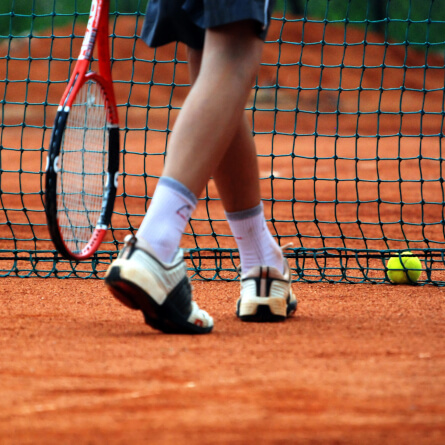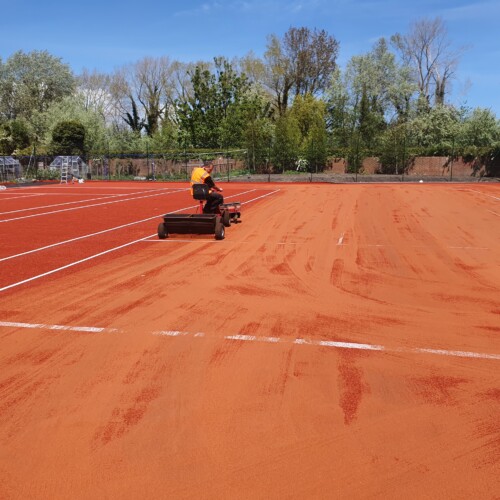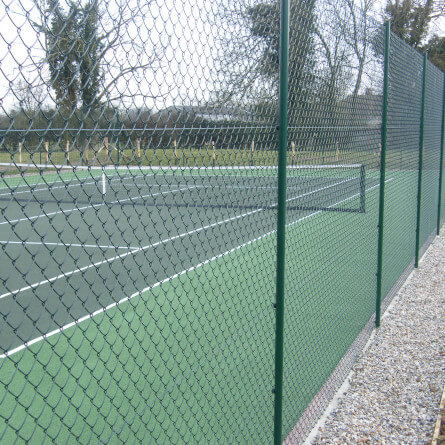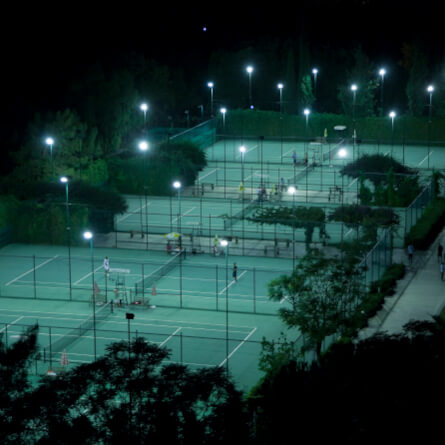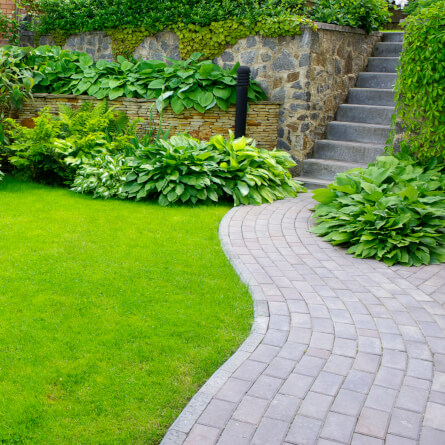Sovereign Sports is a team of contractors who specialise in constructing tennis courts and installing sports surfaces. We offer our services to clients throughout the South East of England, having installed tennis courts and MUGA surfaces in many schools, councils, clubs and private homes.
Once we have met you for an initial site visit, we will then provide you with a no-obligation quote for the work involved. Once we get your go-ahead, we will work with you to get the work completed in an efficient and timely manner. Please get in touch with us today so we can talk through your tennis court construction requirements. Call us now on 01634 684 235 or email us at info@sovereign-sports.co.uk.
New Build – Planning Permission
In most cases, the only planning permission you are required to obtain in advance is for the fence. However, this is rarely an issue, especially when new courts are being built within a private garden.
If the court is being built on land which requires a change of use, then the court area itself would require planning permission too. If you wanted to build the court in a field or meadow that backs onto the property, for example, then you would likely need to gain permission to build it on that proposed site.
To double-check that your planned tennis court construction can go ahead, please visit the Planning Portal website.
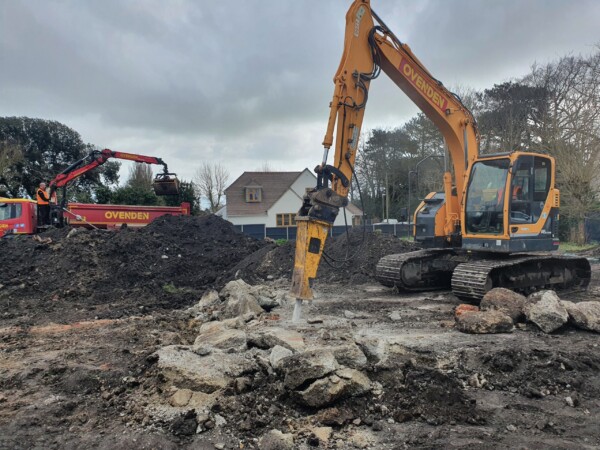
Court Positioning
Exterior tennis courts should ideally be positioned with their length running from north to south, in order to make the most of the sunshine. Since the sun rises in the east and sets in the west, its rays will shine across the court rather than in the face of the players – making it easier to focus on playing. This is not essential though, as we recognise that there might not always be the right space available. Our team are therefore more than happy to construct tennis courts which face in any direction.
Site Levels and Excavation
A tennis court needs to be perfectly level so, in an ideal world, the site you want to build it on should already be reasonably level with no surrounding trees or foliage. If, however, the site has a significant slope then this could affect how long the excavation work will take to do, which may influence the cost involved.
That’s not to say that building a court on a slope isn’t possible – it is – it just takes longer. To build a court in a sloped area we would use a cut and fill method. This would involve excavating the specific amount of material from one end of the court, in order to raise the other.
While this may be quite a common practice during tennis court construction, it is also vital for the process to be carried out correctly. If it isn’t, the court’s quality may diminish over the coming years. In extreme situations, retaining walls may be required, which again would be reflected in the price.
Prior to the work commencing, we will remove any small trees or other obstructions. We can also remove any topsoil that has been excavated from the site, although in a typical tennis court construction, this would be machine-leveled around the court.
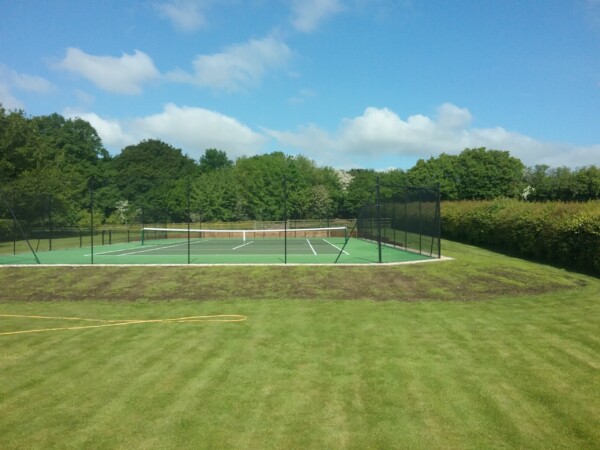
Construction Time
To build a standard tennis court on a reasonably flat area, the construction time should take somewhere between 6 and 8 weeks – which will include the macadam curing period prior to the painting.
Likewise, we will also ensure that we keep all disruption to a minimum during the construction period, leaving the site in a clean and tidy condition once the construction has been completed.
Cost to build a tennis court
The total cost to build a tennis court can vary depending on a number of factors. For example, certain surfaces can cost more to install and, if your build poses potential construction difficulties, there could be increased labour costs involved too.
To get a precise quote for the work you’d like done, our team would need to arrange a free, no-obligation site visit with you. We would then be able to discuss your exact requirements with you at length before deciding on the best course of action.
Once we have identified the court surface you’re looking for, the timeframe of the work involved, and any potential labour costs, at this point we would be able to provide you with a quote for the work.
We offer tennis court construction services across the UK. From East and West Sussex to Hertfordshire, and Essex, we have constructed tennis courts in major towns and cities across the South East of England, including London, Brighton, Tunbridge Wells, and Canterbury – to name just a few.


